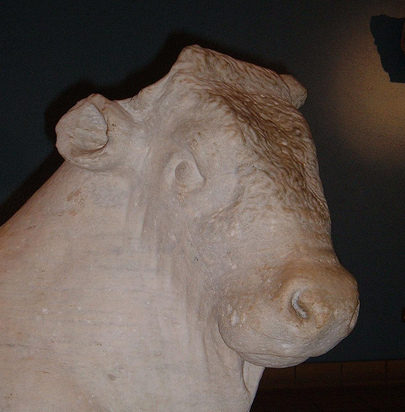In the first of a series clearing up the great mysteries of our time, for my own benefit if nothing else, I here present the difference between raisins, currants, and sultanas. I think it is simplest to say that they are all raisins, a generic name for a dried grape; currants and sultanas are really specific types of raisin, although currant sometimes has a wider application. The etymology is given in square brackets:
- Raisin: Dried grape.
[O. Fr. for grape (also, of course, modern Fr. for grape)] - Currant: Dried grape of the Black Corinth variety, being a small variety of seedless grape from Greece.
[Anglo-Fr. “raisins de Corauntz” or “Raisins of Corinth] - Sultana: Dried grape of the Sultana variety, being a white, seedless variety of grape from Turkey, Greece, or Iran, also known as Thompson Seedless grapes. Many raisins, including most California raisins, are in fact specifically sultanas.
[Presumably from the word “sultana” as in the wife of a sultan or a female sultan, presumably from the geographical origin of the sultana grape in the regions of the former Ottoman Empire].
Almost all of the above information is derived from various Wikipedia articles, so must be true. I can’t see why anyone would put up false information about the origin of currants, so I would hope none of this is actually LIES. The etymology of sultana is my own presumption, as I hope I made clear.
Next: the difference between butterflies and moths.

It’s remarkable designed for me to have a web page, which is good in support of my know-how. thanks admin